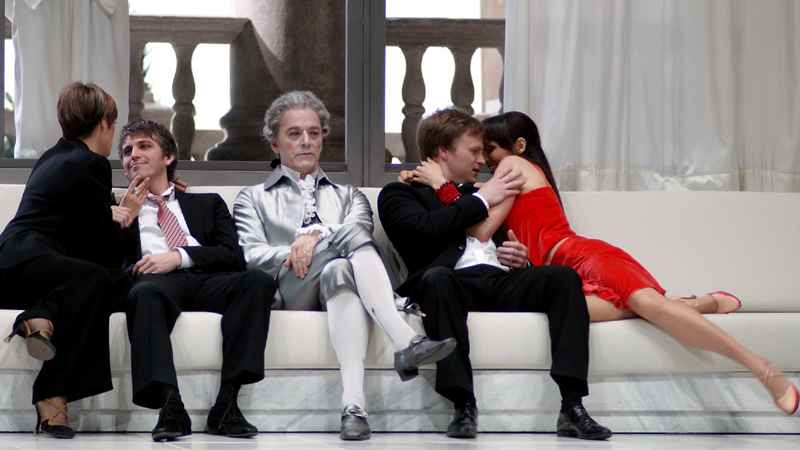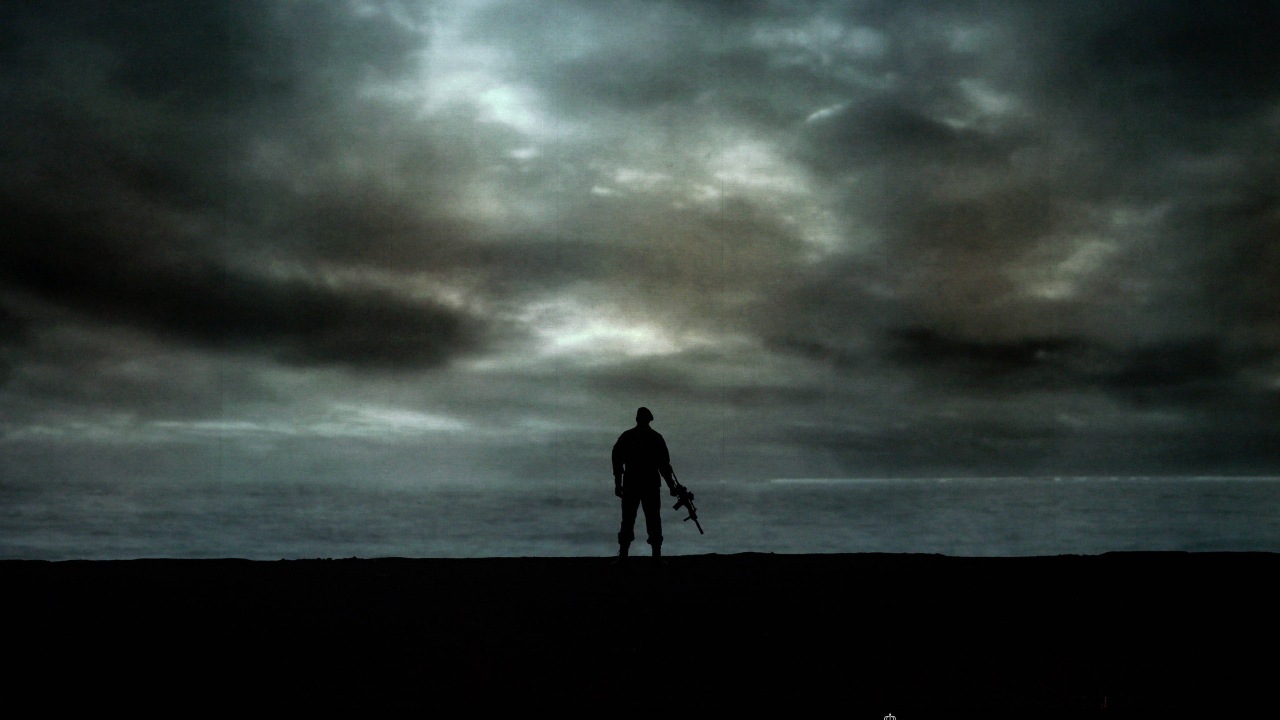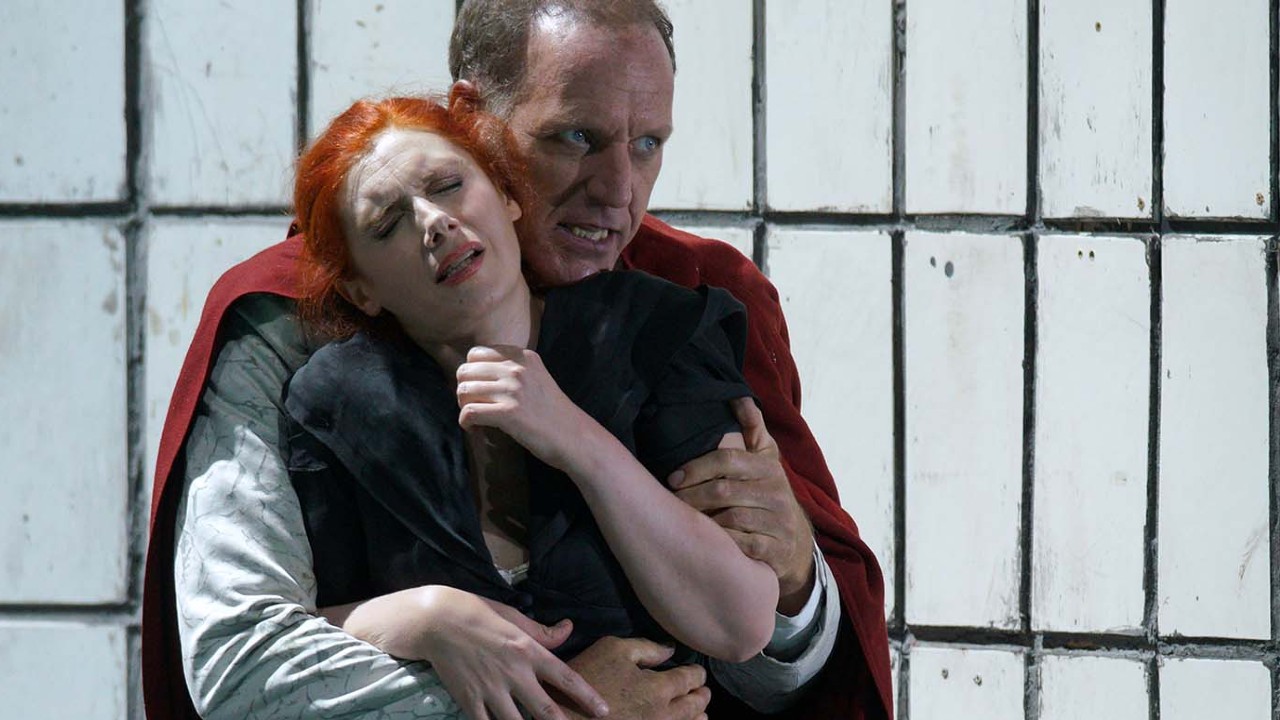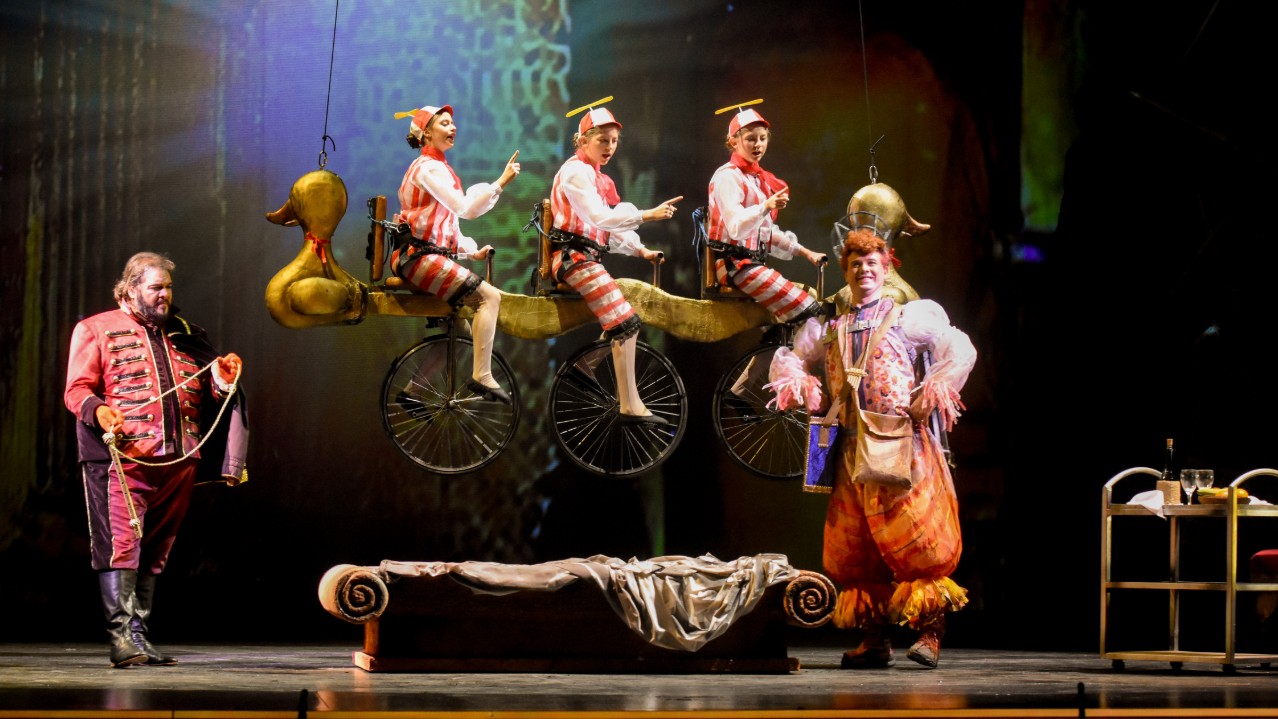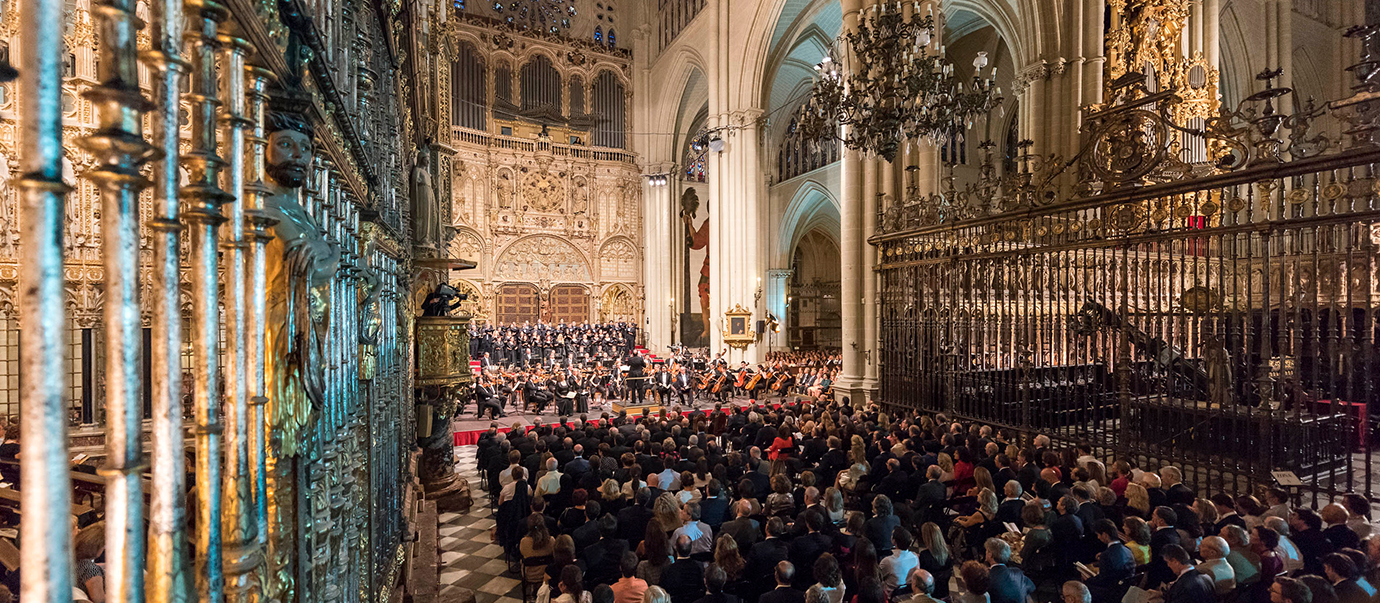It is not a question of divine inspiration, the truth is Wolfgang Amadeus Mozart put considerable effort into looking for a suitable subject before composing The Marriage of Figaro. Another misconception is that this work reflects the values of the French Revolution, when in fact its underlying theme is a celebration of the “Ehepatent”, the new decree on marriage issued by Joseph II, Holy Roman Emperor, in 1783. This decree contained three principles that fascinated Mozart: marriage should be for love; the authorisation of the parents was no longer required; and there should be witnesses to the marriage, leading to the hilarious scene in the opera where Figaro is measuring a room which is scarcely big enough for the bed, when a chorus of twenty people suddenly appears, all of them witnesses. Both Mozart and Da Ponte were aware of the importance of such an edict as part of the modernisation of society, but they also knew that the human impulses are difficult to tame, so that compliance with the new law would be problematic.
The impossibility of human beings reaching utopia often leads to melancholy. Melancholy is present in this opera because all the characters end up losing something: the Countess - love; the Count - power; Figaro - his agility; Cherubino - his innocence; and Barbarina - her virginity. These fine threads weave a complex story and finally depict a humanity worthy of Beethoven: forgiveness is achieved due to the inner strength of women, as in the leading women of an Almodóvar film.
The way Mozart handles the ensembles in this opera, the purification of Italian melody, and the refinement of German symphony all make The Marriage of Figaro one of the greatest masterpieces in the entire history of the genre, together with L’incoronazione di Poppea, Tristan und Isolde, Falstaff and Wozzeck.
Opera buffa in four acts
Music by Wolfgang Amadeus Mozart (1756-1791)
Libretto by Lorenzo da Ponte, based on La folle journée ou le mariage de Figaro by Pierre-Augustin Beaumarchais
Premiered at the Burtheater of Vienna on May 1, 1876
New production of the Teatro Real in coproduction with the Asociación Bilbaína de Amigos de la Ópera (A.B.A.O.) and the Teatro Pérez Galdós of Las Palmas de Gran Canaria. With the collaboration of the Lithuanian National Opera and Ballet Theatre
Principal Chorus and Orchestra of the Teatro Real
Artistic team
Conductor | Jesús López Cobos
Stage director | Emilio Sagi
Set designer | Daniel Bianco
Costume designer | Renata Schussheim
Lighting designer | Eduardo Bravo
Choreographer | Nuria Castejón
Chorus master | Peter Burian
Cast
Count Almaviva | Ludovic Tézier
Countess Almaviva | Barbara Frittoli
Susanna | Isabel Rey
Figaro | Luca Pisaroni
Cherubino | Marina Comparato
Marcellina | Jeannette Fischer
Bartolo | Carlos Chausson
Basilio | Raúl Giménez
Don Curzio | Enrique Viana
Barbarina | Soledad Cardoso
Antonio | Miguel Sola



